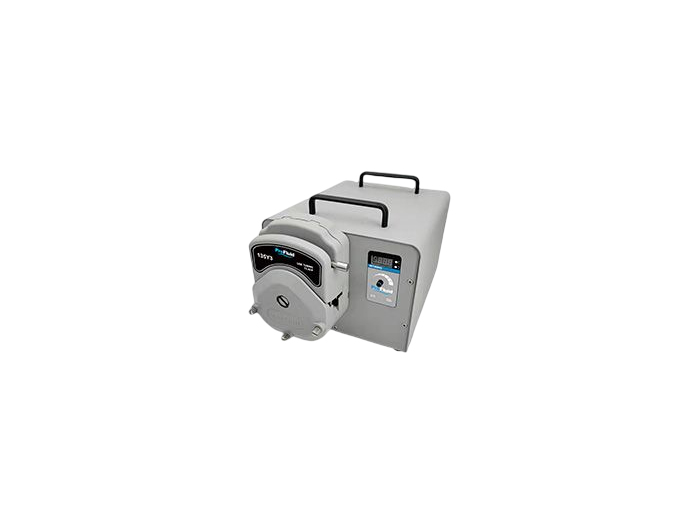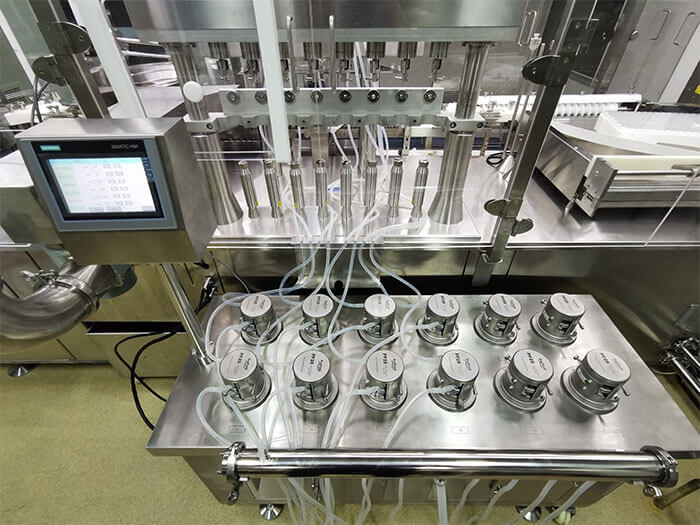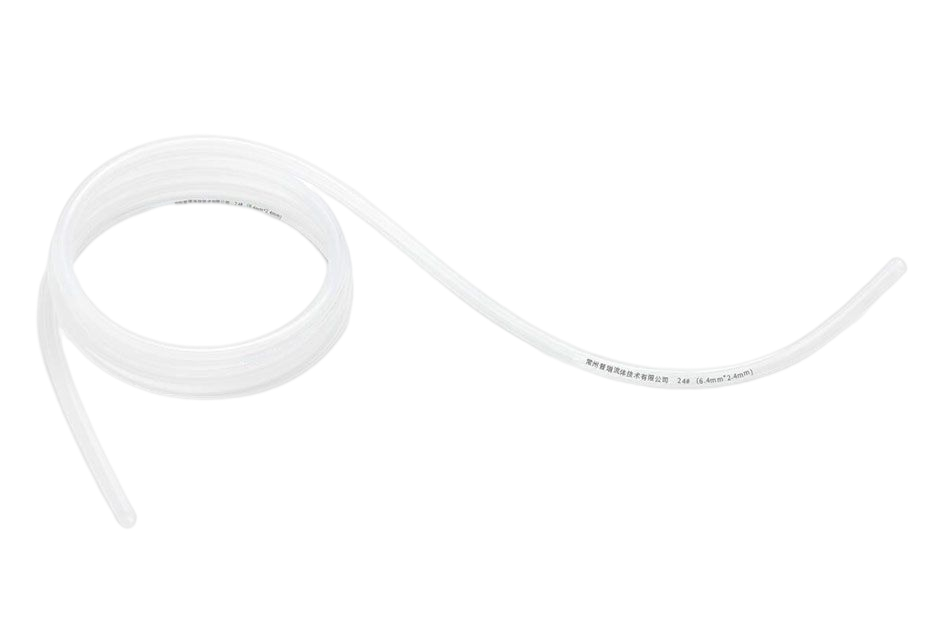In the whole peristaltic pump system, the hose is commonly used consumables, and accordingly there will be many problems in use. Today, Leffer summarizes a few common questions that he hopes will help you.
In the whole peristaltic pump system, the hose is commonly used consumables, and accordingly there will be many problems in use. Today, Leffer summarizes a few common questions that he hopes will help you.
Q: The hose was scratched or even torn. It looks like a knife.
Answer: The pump head flange is generally scratched by peristaltic pump. The main reason is that the pump head inside the hose, resulting in accumulation. When the flange in the pump head rotates, the edge touches the hose. Make some scratches. After removal, some hose residue (residue left by cutting the hose on the flange side) will be found inside.
Q: But I don't have much hose in the pump head. Why does this happen?
A: Check that the hose adapter is installed correctly.
Q: Matters needing attention when installing peristaltic pump pipe.
A: 1. Before installing the pump pipe, place the pump on a flat surface; otherwise, the pump pipe may get stuck during installation.
2. The pump pipe should be installed close to the pump head (straighten as far as possible), and the pump pipe part in the pump head should not be too long, because the pump flange will scratch the hose when the pump is running.
3. Before use, the outside of the pump pipe should be cleaned and no magazine should be left; otherwise, the resilience of the pump pipe and the accuracy of transmission will be affected.
4. Determine the pump head specifications. Not all hoses can be mounted on the same pump head, otherwise channeling will occur.
5. The peristaltic pump pipe needs to be chucked tightly to avoid movement.
Problem: Pump tube can not bounce back, tube wall too fast thinning, abnormal wear.
A: This phenomenon is usually caused by the runner being stuck, the impurities on the surface of the pump body contacting the pump pipe and the runner, and the high speed. When the runner of the pump head is stuck, the runner of the peristaltic pump directly scratches the peristaltic pump tube, which will increase the friction on the surface of the hose, resulting in a high temperature rise on the surface of the hose and wear the surface of the hose. It can cause the hose to lose elasticity, and in extreme cases, temperatures above 140 degrees can even cause the hose to melt and deform.
It is recommended that after a period of time, the overall inspection should be carried out, the surface of the pump head roller should be cleaned, and an appropriate speed should be selected.
Q: What causes the hose to become brittle, hard, lose elasticity, discolor, swell, break, yellow and spot?
A: There are two things going on, one is external and the other is internal.
External factors: The pump tube cannot transport this liquid, and the selection of hose material type is not qualified.
Internal factors: There are problems in the production of peristaltic pump pipe, such as improper proportion of auxiliary materials or unqualified auxiliary materials in the production process of hose, secondary curing without baking or incomplete sulfur, etc.


